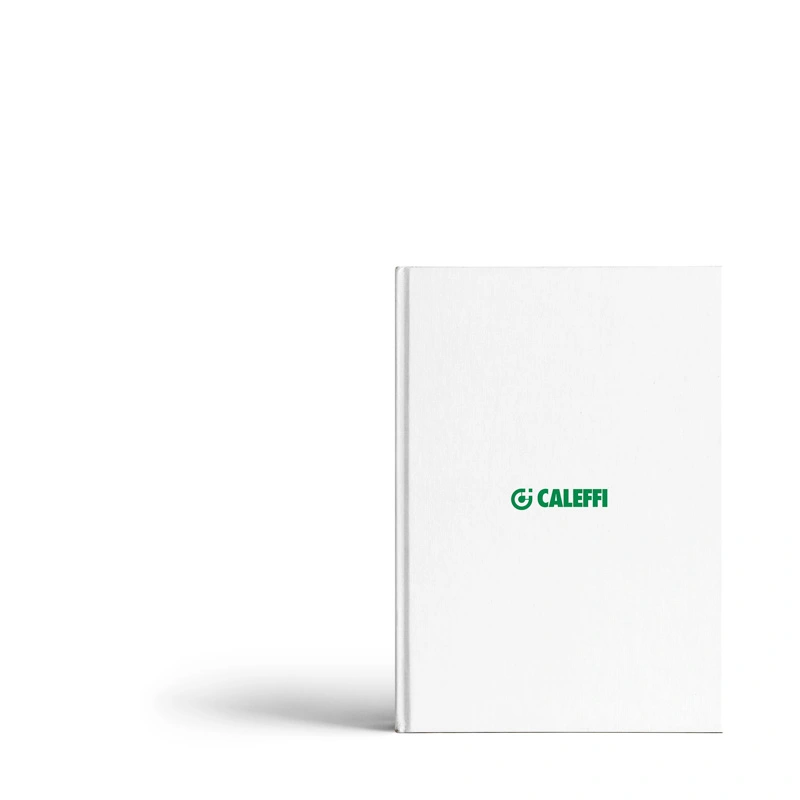
The Gold Standard
Why treat the symptom when you can solve the problem?
Maintaining the health of water-based fluids circulating within hydronic systems is paramount in protecting system components and maximizing efficiency. Of critical importance is keeping the dissolved oxygen concentration to a minimum, while removing any ferrous oxide that does form. Debris that isn’t the result of oxidation must also be removed.
What impact does oxygen have in the role of system operation? Air exists in three distinct forms within hydronic systems: stationary air pockets at high points, entrained air bubbles and gasses dissolved within water.
THE PROBLEM:
Excessive dissolved oxygen.
THE SYMPTOMS:
If significant levels of iron oxide are present within a hydronic system, a corrosion problem exists. The dissolved oxygen concentration has been allowed to remain sufficiently high to react unimpededly with ferrous metals, causing oxide to slough off and float around within the system. Iron oxide is dense; as it forms it settles within low velocity sections of the system. This includes heat exchangers where the settled oxide acts as an insulator and reduces heat exchange efficiency. Simply using a strong magnet to capture and clean up the “boiler ink” concentration of floating oxide is insufficient. A step in the right direction, yes, but the damage has already been done. The settled oxide has hardened. Worse yet ECM circulators with their powerful rare-earth-magnet rotors have likely attracted the iron oxide. This creates rotational drag and reduces efficiency.
TREATING THE SYMPTOM:
Magnetic filters can be installed within hydronic systems, however, this treatment will NOT solve the problem. If air, ferrous debris and non-ferrous debris are not removed from the system, the symptoms will continue to persist. A magnetic filter, no matter its power, will not clear a rotor of its oxide once collected.
THE SOLUTION:
1. Keep the dissolved oxygen concentration below the level that can cause reaction with ferrous materials. DISCAL® air separators have a unique bell shape geometry that slows the fluid velocity down by a 9 to 1 ratio. Coupled with a specially engineered coalescing mesh, the action forces micro-bubble gasses to be efficiently collected and automatically vented from the system. When properly placed within the system, DISCAL® keeps the concentration of dissolved oxygen low, thus preventing unimpeded iron oxide formation.
2. Protect the boiler (or chiller) with a magnetic dirt separator that collects not only ferrous but non-ferrous debris. Problematic non-ferrous debris includes copper shavings, pipe tape, pipe sealant and solder. Piping and other equipment stored outside can collect dirt, silica, dust and insects. Calcium scale that forms and breaks off within a system is also non-ferrous. All of these non-ferrous debris types are not captured by a magnet.
Caleffi pioneered the North American magnetic market with its broad range of DIRTMAG® PRO magnetic dirt separators. They separate both ferrous and non-ferrous debris. Featuring a specially designed deflecting mesh, a low-flow-zone chamber and a powerful magnetic field produced from neodymium rare-earth magnets, DIRTMAG® PRO efficiently separates and captures all forms of debris. And purging the debris is easy, non-messy and doesn’t require shutting down the system. Simply remove the magnetic band and open the drain valve to purge the captured impurities.
LEARN MORE:
↓ Dirt and Magnetic Separation with DIRTMAG® PRO
↓ Separation in Hydronic Systems (idronics™, 15th edition)
↓ Water Quality in Hydronic Systems (idronics™, 18th edition)











